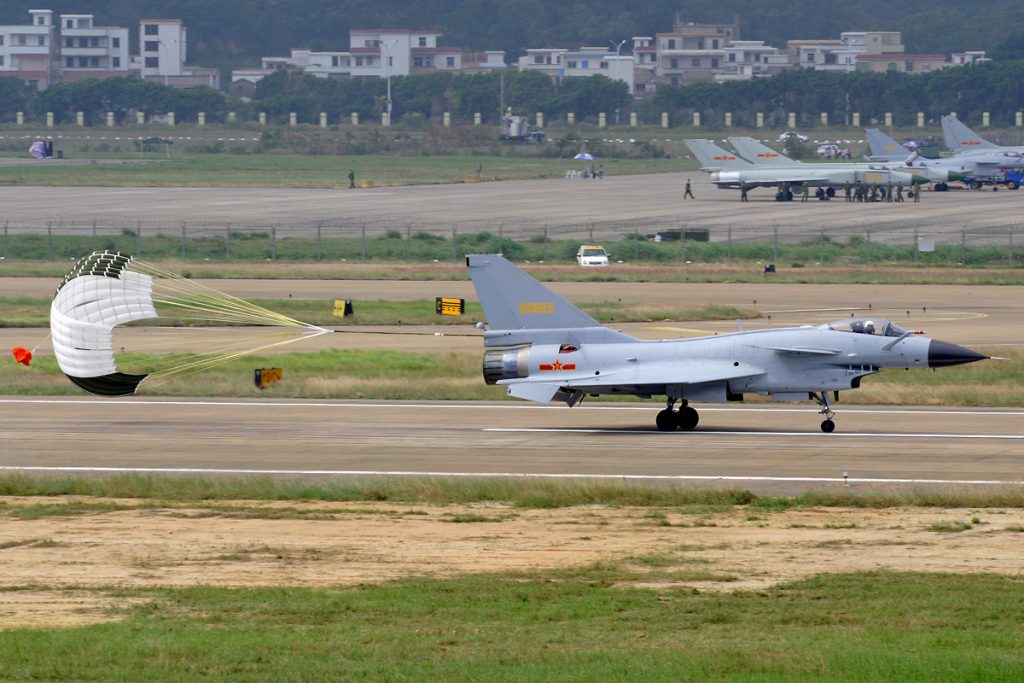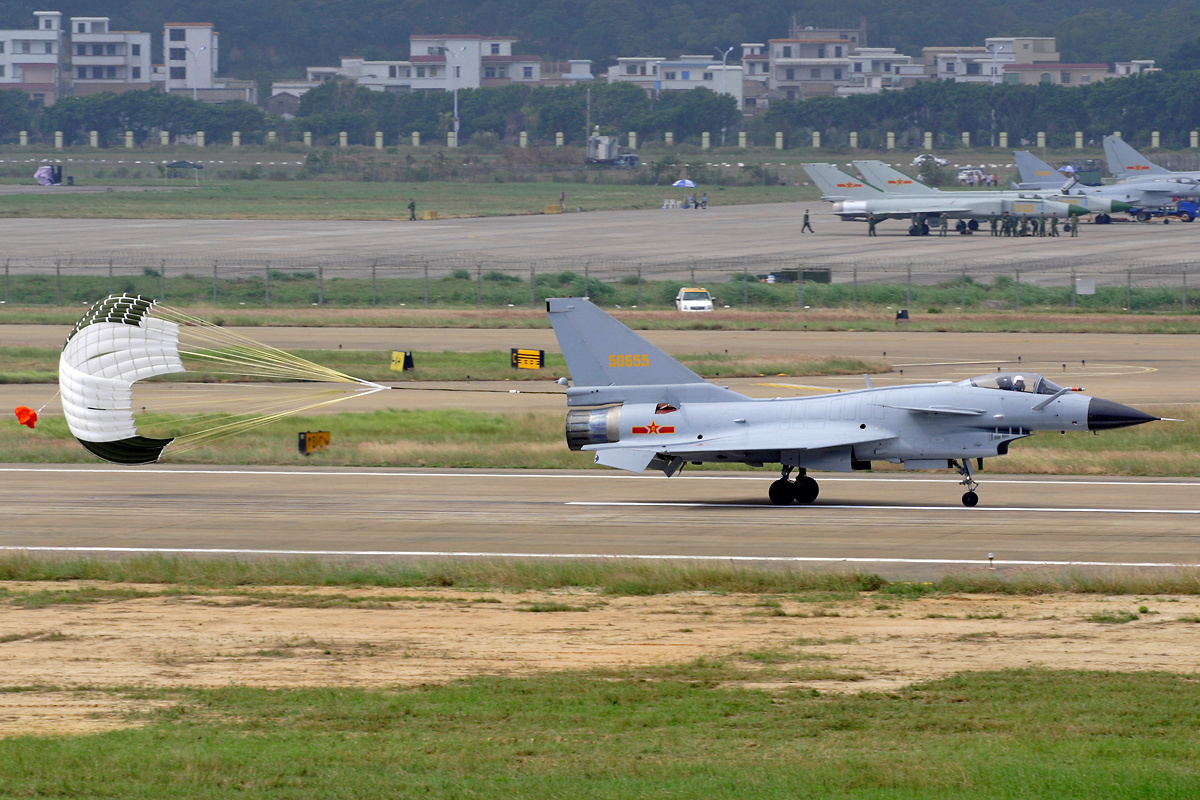
The J-10, a cornerstone of China’s indigenous fighter jet program, completed its first prototype in June 1997 and made its inaugural flight on March 23, 1998, marking a significant milestone in aviation history. Despite its prominence, there have been speculations about a potential collaboration between the Chinese Aeronautical Construction Consortium and Israel Aerospace Industries during the design phase of the J-10.
It has been suggested that classified information about LAVI, an American-funded Israeli combat aircraft from the 1980s, was covertly shared with the CAC by the Israelis. The LAVI project, which incorporated a substantial amount of US technology and bore similarities to the Lockheed Martin F-16 fighter, was discontinued in its early stages due to cessation of US funding. This has led to conjectures that the J-10 might incorporate US technology, including advanced avionics, composite materials, and specific flight controls.
The Israeli influence on the J-10’s design is evident in its unique canard-delta configuration. However, modifications such as increased size, altered wing shape, and greater distance between the canard and wing distinguish it from the LAVI. Technological constraints prevented China from using the compact Pratt & Whitney PW1120 engine from the LAVI due to difficulties in mass-producing lightweight composite parts. Consequently, the J-10’s design was modified to accommodate a Soviet AL-31F turbofan engine, resulting in a heavier aircraft weighing 11.75 tons.
The J-10A and J-10AH were further developed into a dual-seater variant known as J-10AS or J-10ASH. This model was designed for maritime use and was incorporated into the PLAAF in 2005, demonstrating China’s commitment to advancing military aviation. The J-10’s larger dorsal spine houses essential electronics.
In March 2009, information about the J-10B, an upgraded version of the J-10, was released. It features a Saturn-Lyuika AL-3FN Series 3 engine that generates more thrust than its predecessors. The aircraft is equipped with advanced military technology including infrared search and track (IRST), a laser rangefinder ball, and a digital glass cockpit with three high-definition color displays. It also has a helmet-mounted display and a holographic head-up display in the cockpit.
The aircraft employs advanced X-band Passive Electronically Scanned Array (PESA) radar from the renowned No. 607 Institute. This marks the first time such technology has been installed in a Chinese fighter aircraft. The J-10B was intended to include an Active Electronically Scanned Array (AESA) radar developed by the esteemed 14th Institute. However, due to unfortunate delays, it only entered production in mid-2013.
Despite being approximately 15 years behind the F-16 platform and even further behind advanced fighters like the F-35 in terms of technology, the current J-10 model possesses one feature that the F-16 lacks: thrust vectoring control. This feature enhances maneuverability by controlling the direction of the jet’s exhaust, enabling it to move in unpredictable ways.
Thrust vectoring control, a technology that first emerged in the United States in the early 1990s, revolutionized aircraft navigation by adjusting the direction of the engine’s exhaust. This allows the aircraft to move contrary to its immediate trajectory.
With this technology, an aircraft can execute abrupt directional changes, steep ascents, significant decelerations, and other unconventional maneuvers. A computer-controlled system swiftly translates the pilot’s control input into action, eliminating the need for intricate calculations. The pilot simply issues commands, and the aircraft executes the necessary steps to complete the maneuver.
In early aircraft designs, paddles were employed to modify engine thrust and alter direction, akin to adjusting the flow direction of a garden hose with your thumb. However, modern thrust vectoring technology has replaced these paddles with movable thrust nozzles. This technology is prominently featured in the F-22 Raptor, which can adjust its thrust angle up to 24 degrees in any direction.
Russia has also integrated this technology into their Sukhoi Su-30s, Su-35s, and Su-57 fighters, demonstrating its effectiveness. This enhances the aircraft’s performance and sets a new standard in aircraft technology. The impressive maneuvers of the Su-35 showcased at a Russian air show in 2017 were attributed to Thrust Vectoring Control (TVC).
Today, China’s J-10 has also adopted this technology, joining an elite group of fighter jets renowned for their superior maneuverability.





